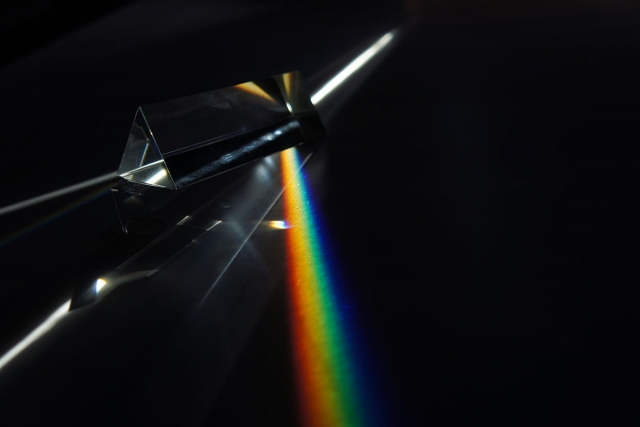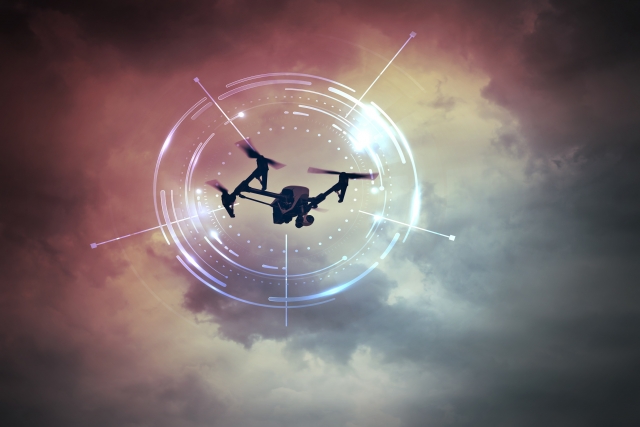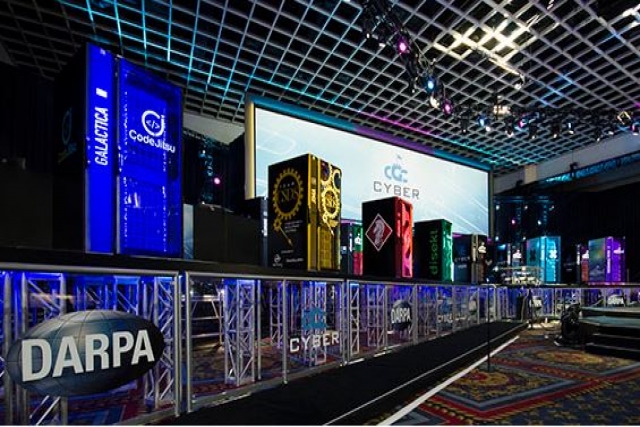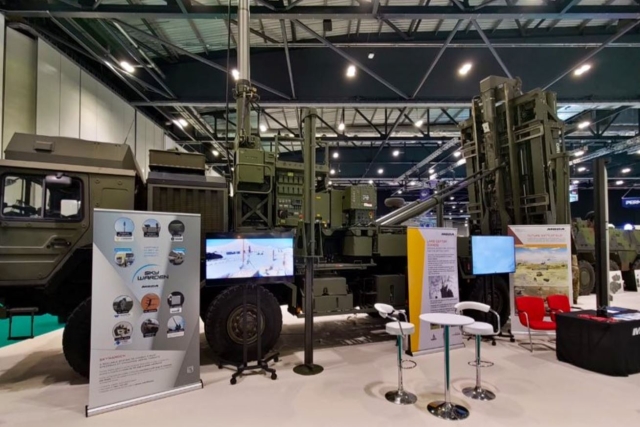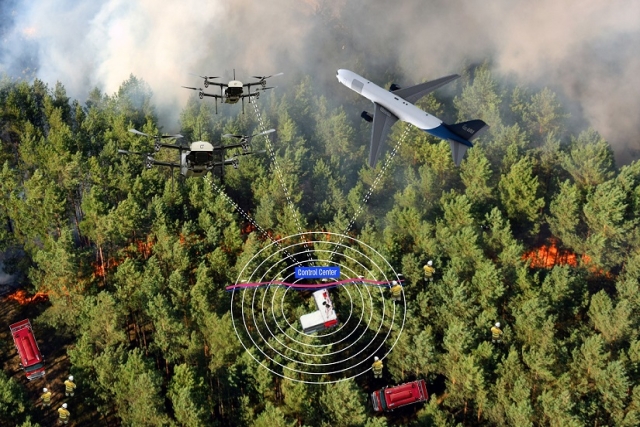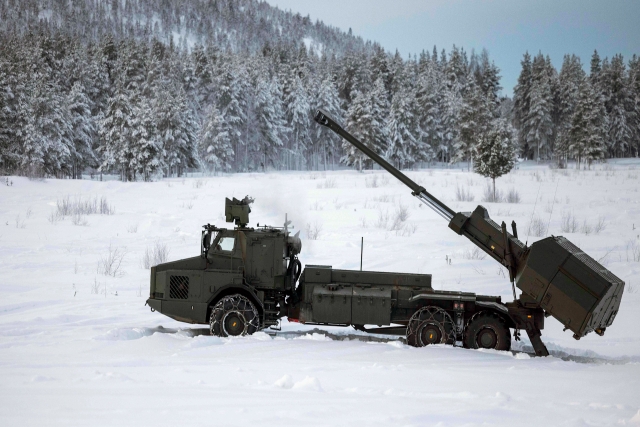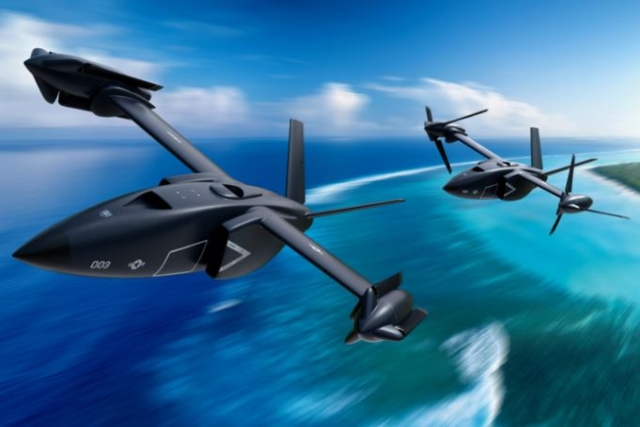US Accelerates Work on Hypersonics, Directed Energy for Advanced Weapons and Defense Against Drone Swarms
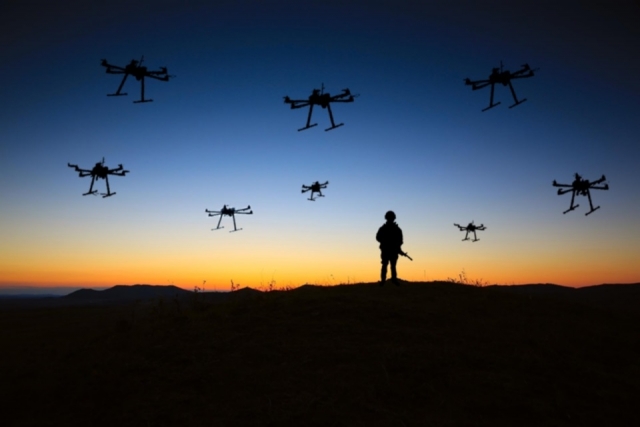
The United States has accelerated work on developing hypersonics and directed energy including weapons for its Stryker vehicles, and High Power Microwave (HPM) to ward off drone swarms.
The Army's path for fast-tracking hypersonics, directed energy and other critical capabilities is being led by the Army Rapid Capabilities and Critical Technologies Office (RCCTO).
The US Army will receive Stryker vehicles equipped with combat capable laser weapons by 2021 and land-based hypersonic weapons by 2022. “The RCCTO is charged with delivering the prototype Long Range Hypersonic Weapon (LRHW) to a battery no later than fiscal year 2023 and delivering a 50 kilowatt (kW)-class high energy laser (HEL) to a platoon of Stryker vehicles no later than fiscal year 2022. Both capabilities are experimental prototypes, yet immensely important to outpacing and defeating near-peer adversaries,” the US Army Research Lab said in a statement.
The RCCTO is expected to deliver an experimental prototype High Power Microwave (HPM) no later than fiscal year 2024. HPM weapons can disrupt communications to, for example, to throw off a swarm of unmanned aerial vehicles (UAVs).
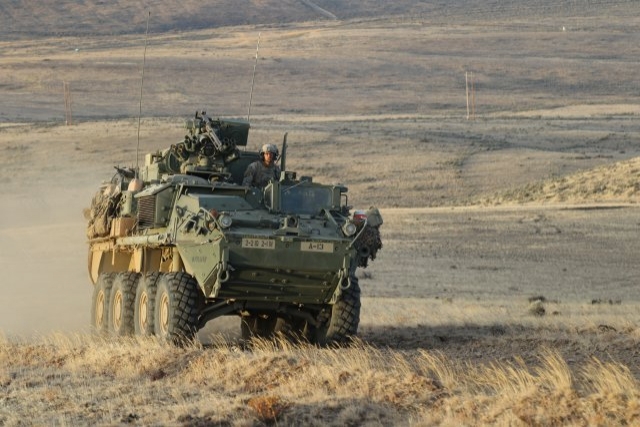
The LRHW will introduce a new class of ultrafast, maneuverable, long-range missiles that will launch from mobile ground platforms. The prototype will include hypersonic missiles with a Common Hypersonic Glide Body (CHGB), existing trucks and modified trailers with new launchers, and an existing Army command and control system. The RCCTO issued contract awards on Aug. 29 to build and integrate components of the LRHW.
The Army is closely linked with joint service partners to execute hypersonics development and testing. For example, the Army will execute production of the CHGB for all services, while the Navy will lead the glide body design.
In another critical prototyping effort, the RCCTO is also accelerating the fielding of a 50kW-class high energy laser (HEL). This prototype HEL weapon at the platoon level is part of the Army's Maneuver Short Range Air Defense (M-SHORAD) mission, and intended to protect units from unmanned aerial systems (UAS), rotary-wing aircraft, and rockets, artillery and mortar (RAM).
High energy lasers engage at the speed of light and provide a solution to a constantly evolving threat, while reducing the logistics trail associated with conventional kinetic weapon systems.
In July, the RCCTO announced its contract award for the directed energy (DE) M-SHORAD effort and after a technology maturation phase, the Army will execute a HEL demonstration against a number of M-SHORAD threats. The Army plans to deliver a total of four prototype vehicles to an operational M-SHORAD platoon.

